No description yet: Can you help?
Sede Social do Jóquei Clube de Goiás


No description yet: Can you help?
Brutalist agricultural construction projects are exceptionally rare. The Gut Lichtenberg includes among other things a cattle barn, a hay loft, and silos. The constructive and functional elements rendered in raw materials dominate the appearance: expose…
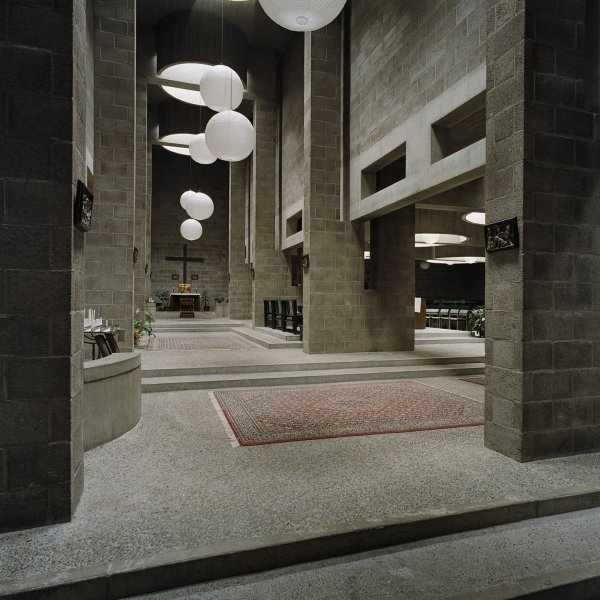
No description yet: Can you help?
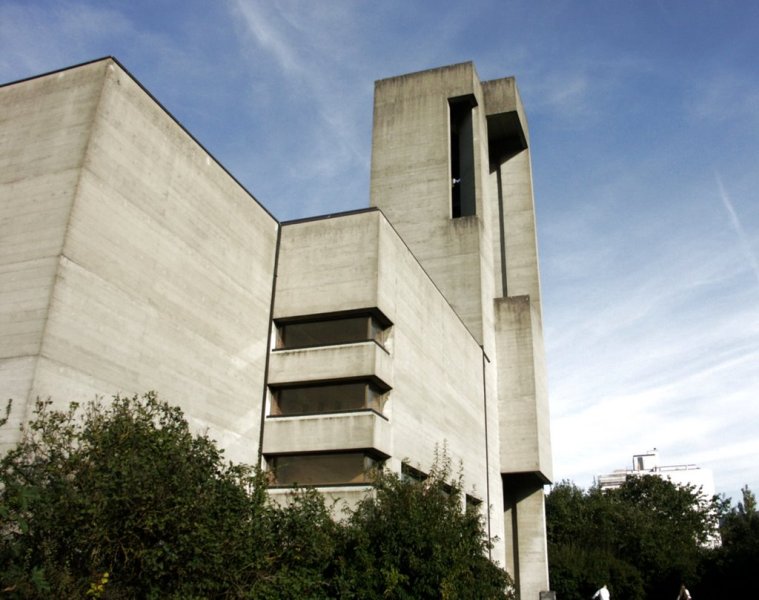
The only clue giving away that this building is in fact a church, is the oversized bell tower. Apart from that the massive concrete shapes which are only interrupted by few windows, don’t reveal anything about its purpose.
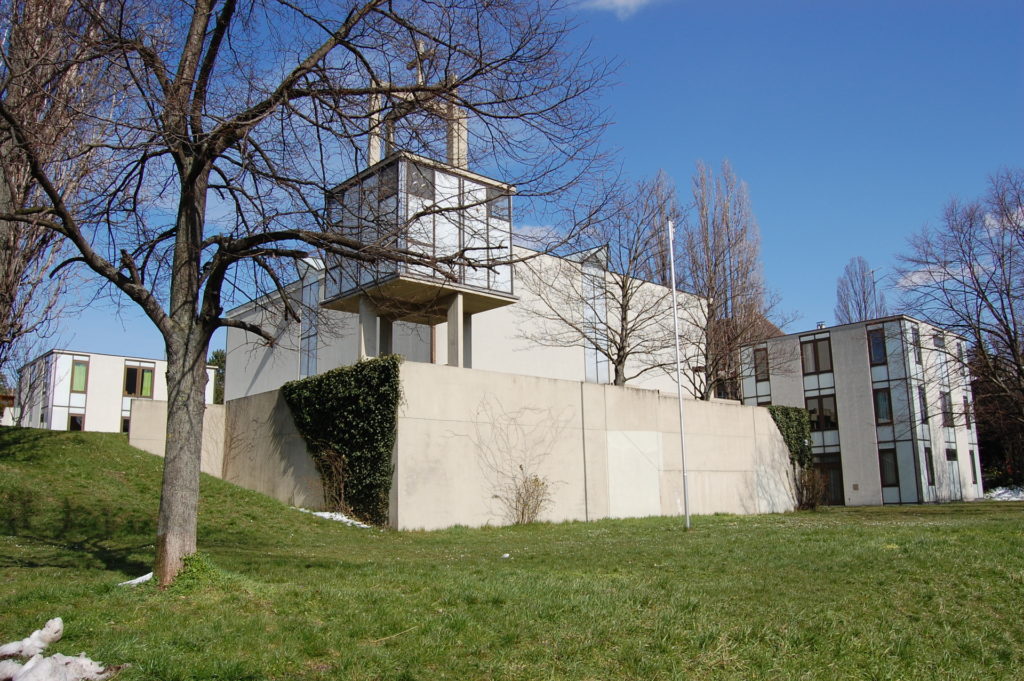
No description yet: Can you help?
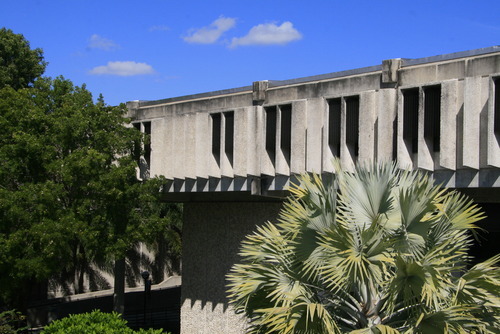
No description yet: Can you help?
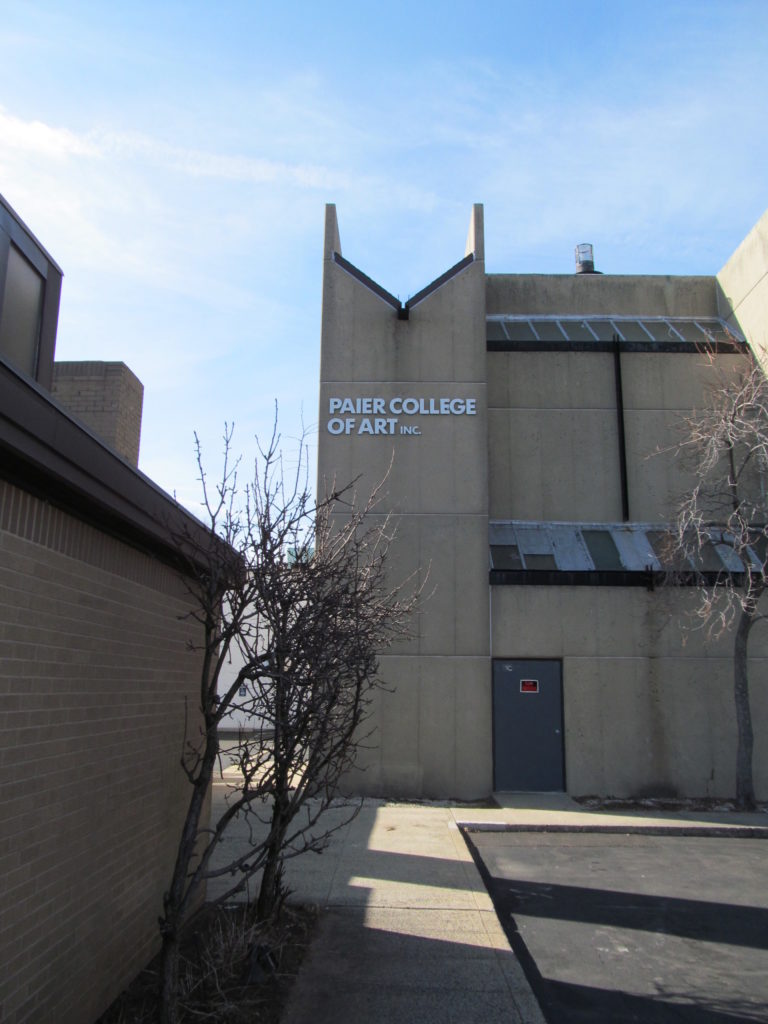
No description yet: Can you help?

The complex is a great example for the symbolic power of Brutalism. Opening up only toward the courtyard, the church’s monolithic façade appears like a mountain range from the outside. The clustered roof structure gets lower towards the courtyard…
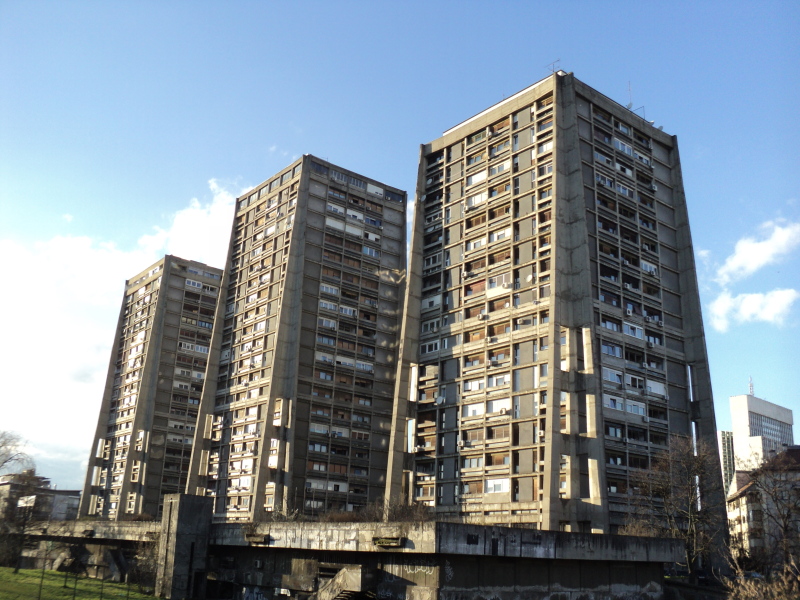
No description yet: Can you help?
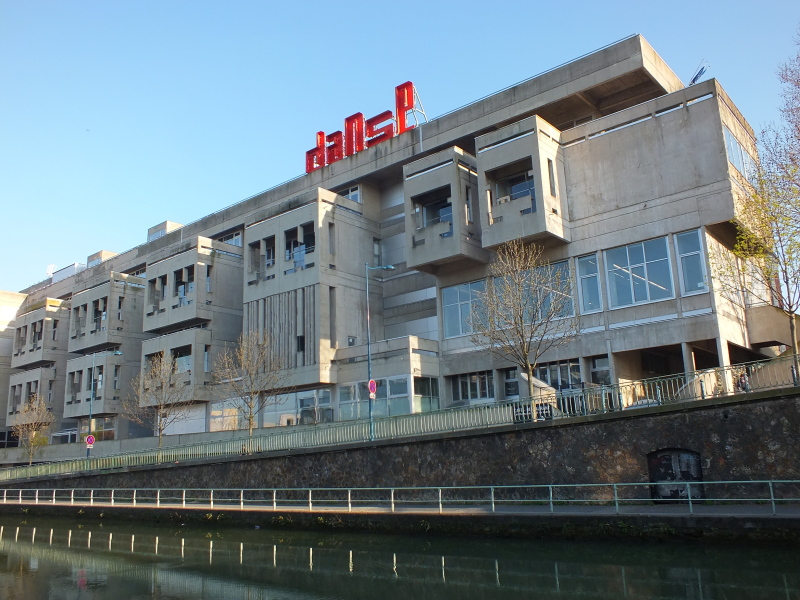
No description yet: Can you help?
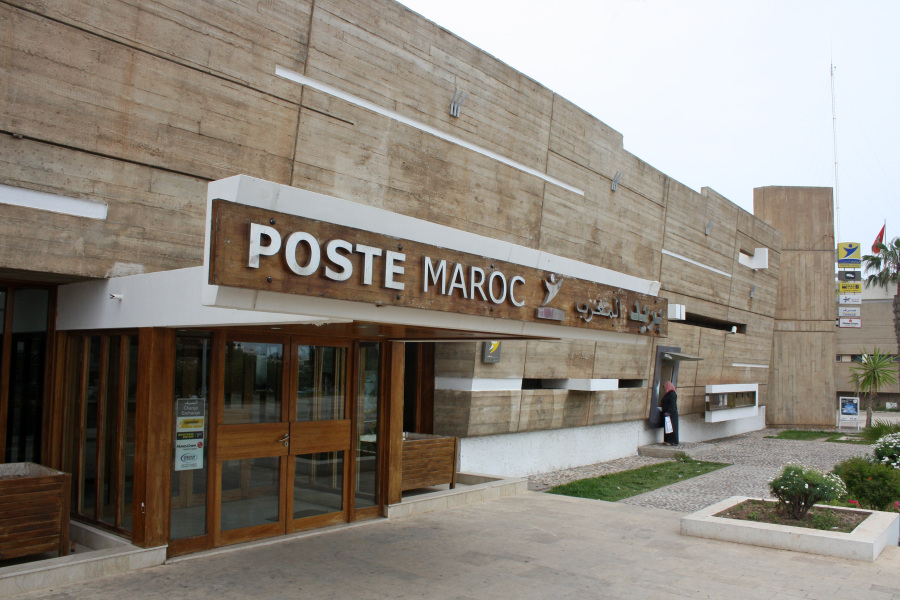
The exposed concrete building was realized as part of an extensive urban renewal plan for Agadir supervised by Zevaco and others following a major earthquake in 1960. It is part of the architectural ensemble around the central square.
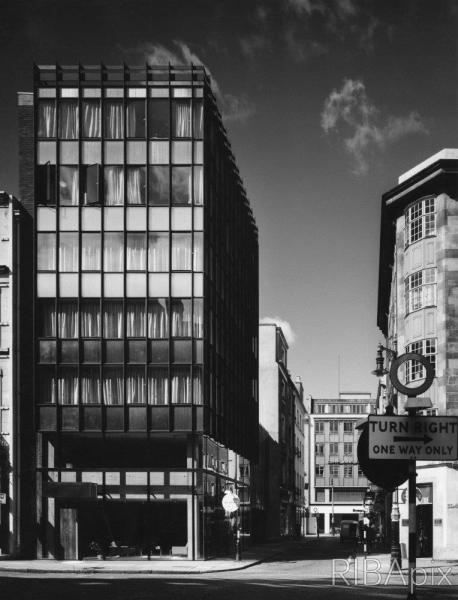
While the glass façade that functions as the curtain wall does not seem especially brutalist, Banham underlines the refined finishing of the exposed concrete on the inside.
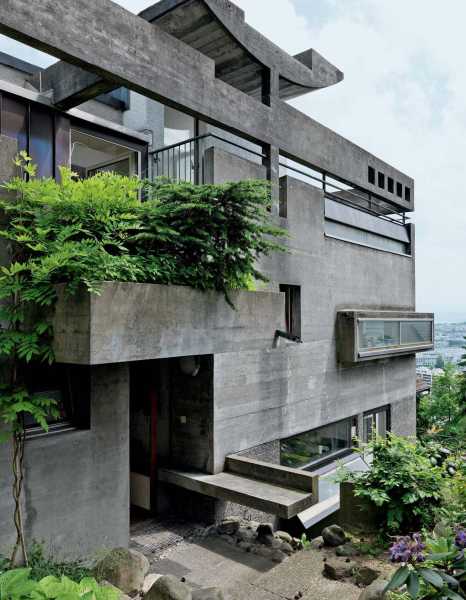
A group of three exposed concrete residences in the spirit of Le Corbusier, built on a steep hill in Höngg, a district of Zurich. The group consists of the Demarmel’s own studio and two adjacent houses. The houses are accessible through a small path …
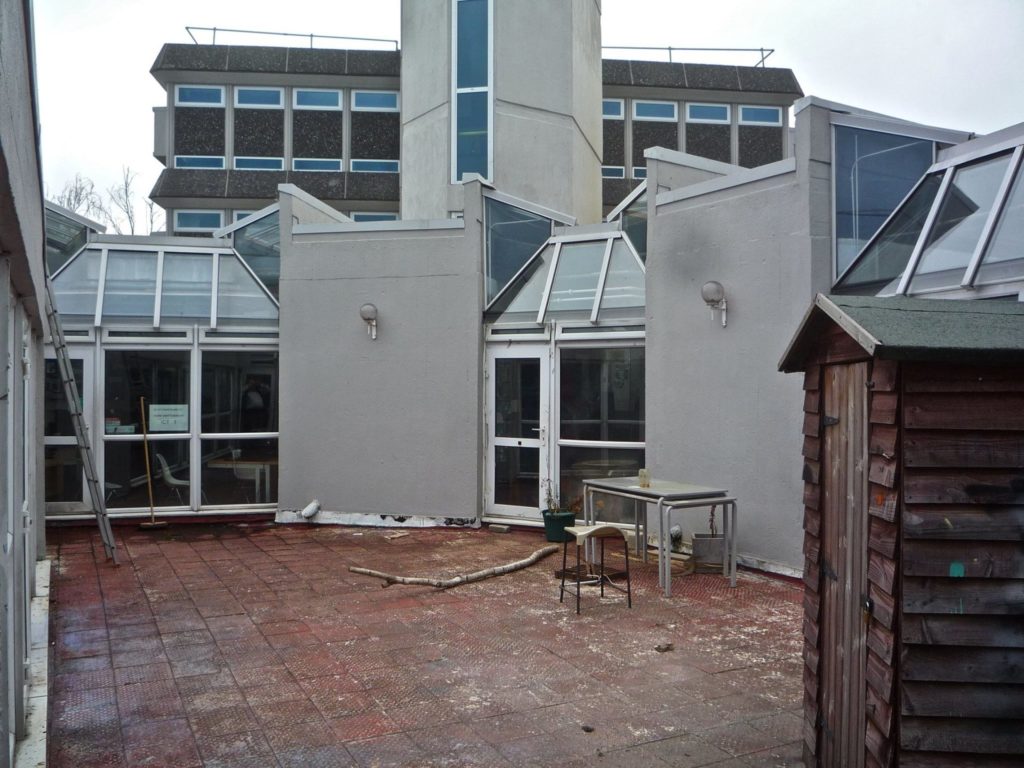
No description yet: Can you help?
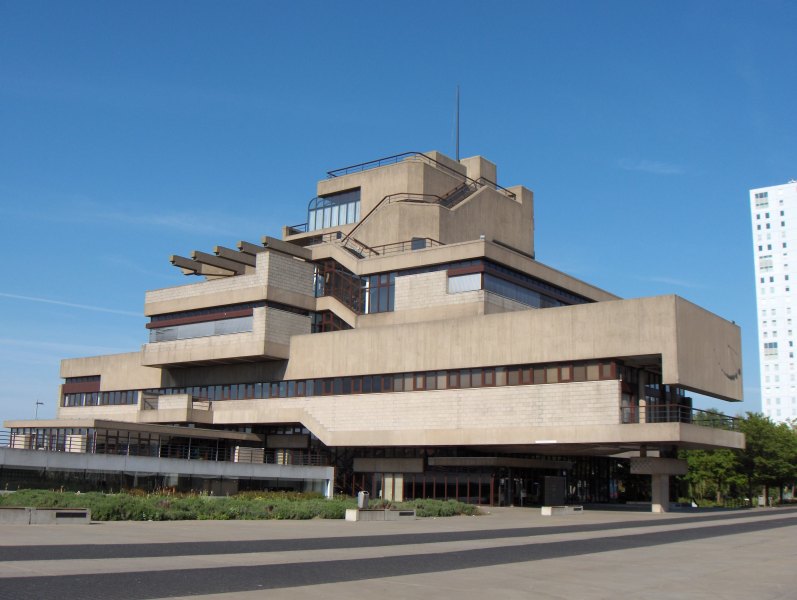
Located on the dike in this port town, the town hall, which the locals refer to as a “Battleship”, is meant to emulate the notion of a ship’s bridge. The storeys each center on the core, revolving around it, set off by half a level in each instance.

No description yet: Can you help?
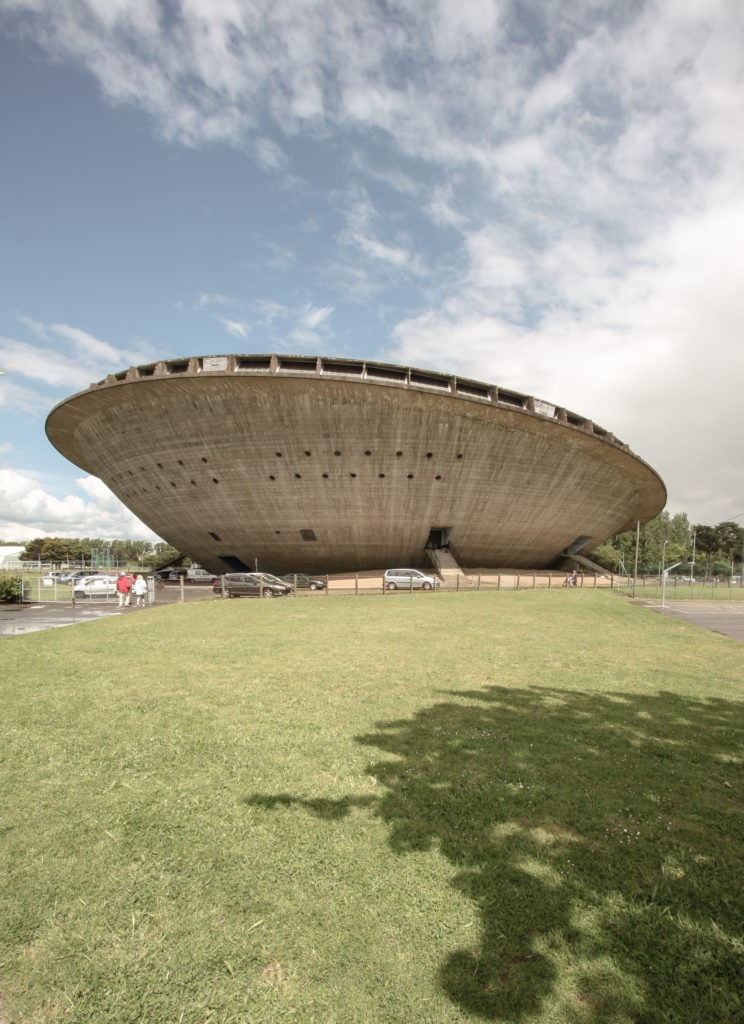
No description yet: Can you help?
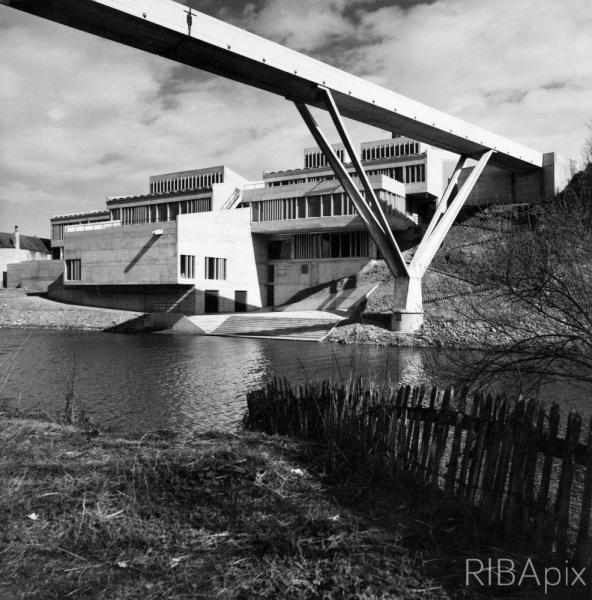
No description yet: Can you help?
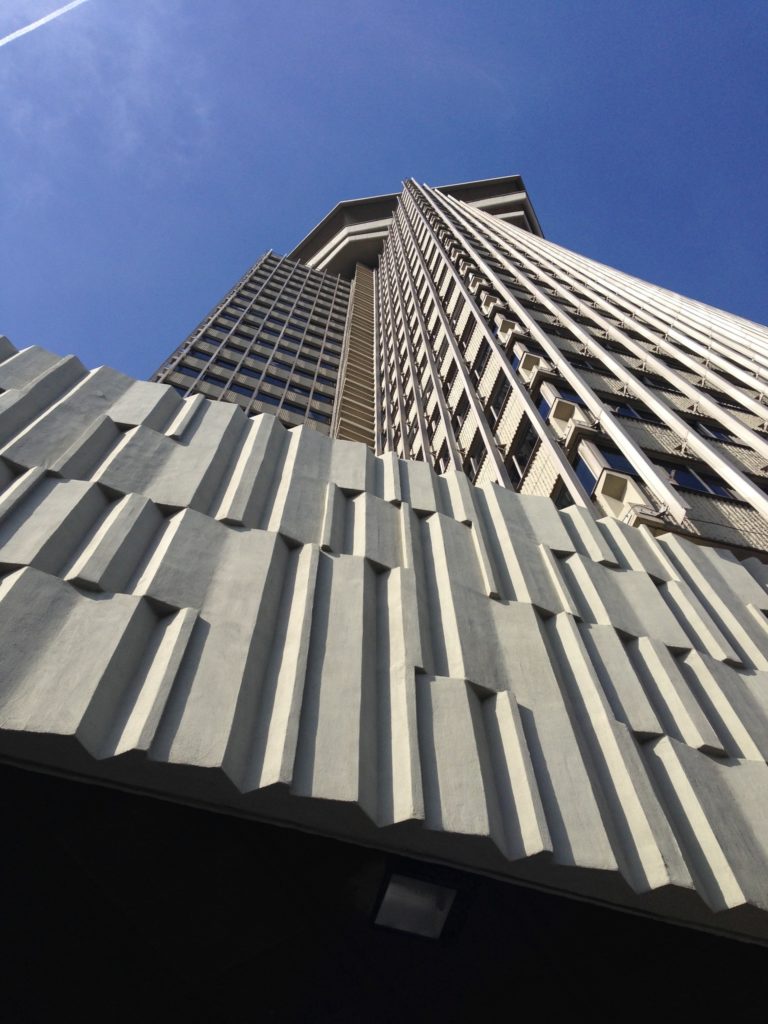
No description yet: Can you help?
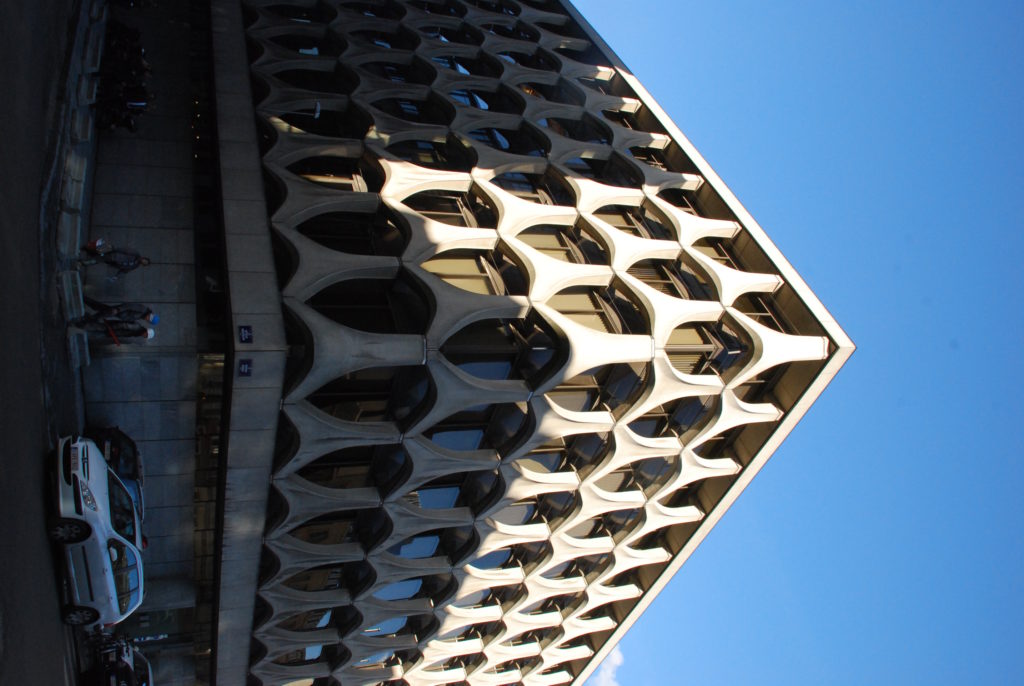
Marcel Lambrichs plays an important role in the post-war modernism period of Brussels and of Leopoldville (Congo). In Brussels he designed, together with Ricquier, Groupe Alpha, H. Van Kuyck and R. Schuiten, the Brussels administrative complex and the f…